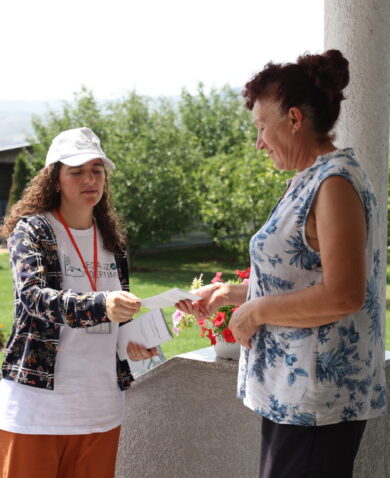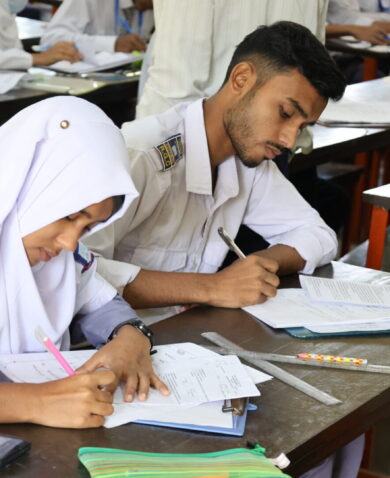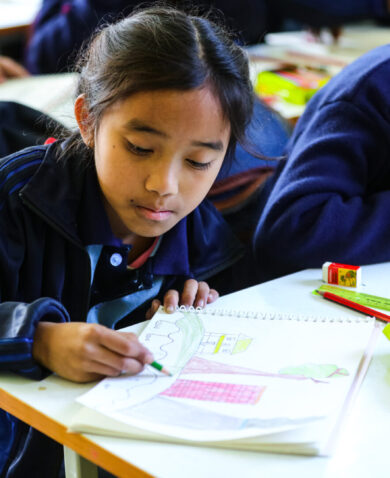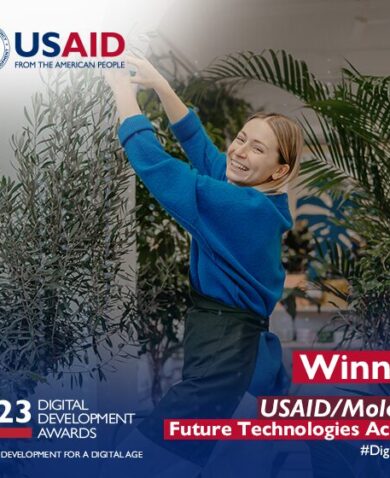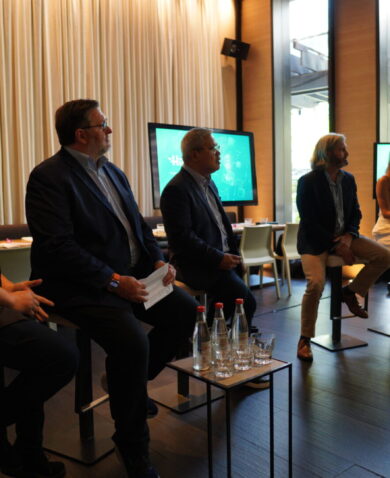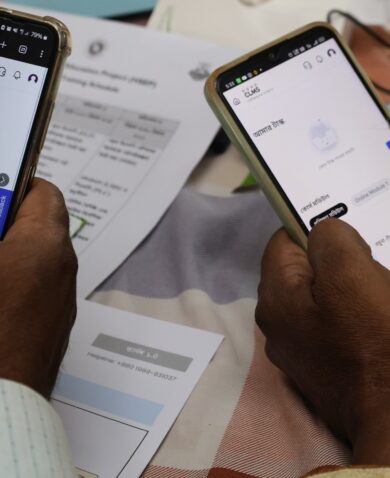
New Research on Engaging the U.S. Indian Diaspora in Impact Investing
October 15, 2015 | 3 Minute ReadA new USAID-funded report by Chemonics sheds light on the investment preferences of Indian Americans and how they can be engaged in impact investing.
The World Bank predicts that India will receive $70 billion in remittances from its diaspora around the world in 2015. In absolute terms, this is the largest volume of remittances of any country in the world (followed by China, the Philippines, Mexico, and Nigeria). It is also more than six times USAID’s entire budget request for fiscal year 2016 and is continuing to grow at an average rate of nearly 15 percent annually. Redirecting a small fraction of this vast pool of capital could go a long way to attack poverty, improve health outcomes, and address many other challenges facing India’s poorest and most vulnerable populations.
The significant and increasing economic power of India’s diaspora comes at a time where social enterprises are applying cutting-edge technologies to some of the world’s most pressing development challenges. These social enterprises span sectors, from affordable private schools to low-cost clean energy technologies, and provide a new opportunity for the Indian diaspora to pursue investments that align financial returns and social impact. For example, Tansa Clean is reducing septic tank waste in public waterways, and Promethean Power Systems is providing cold storage solutions to Indian dairy farmers in areas of the country with unreliable access to electricity.
Despite the increasing number of opportunities, there are few avenues for easily investing in social-impact oriented Indian companies and organizations. Recognizing these circumstances, USAID enlisted the Asia and Middle East Economic Growth (AMEG) project to conduct market research to better understand the Indian diaspora in the U.S., their investment preferences, and the conditions under which they might invest in a social impact investment fund focused on India (Read the full report).
Key Findings
Although Indian Americans only represent about 1 percent of the U.S. population, they are the highest-earning ethnic group per capita in the United States and tend to be actively engaged with India through family and a large number of professional and cultural organizations. Chemonics market research, led by Liesl Riddle of George Washington University and myself, resulted in several key findings about this important diaspora community, including:
- Indian Americans are often unfamiliar with the concept of social investing. Although many Indian Americans already invest in India through remittances, real estate, or traditional investment funds, many are unfamiliar or lack experience with social impact investing. These findings indicate that a key challenge to unlocking the diaspora’s potential is to raise awareness about investment opportunities that generate both financial returns (although potentially below market rate) and social returns.
- Indian Americans view opportunities to have a social impact through investing favorably. Market research participants indicated that social impact is the most important driver of their investments in India and, generally, they were excited about the possibility of a social impact investment fund. As one focus group participant remarked, “I would be willing to invest in a fixed-income investment for the Indian diaspora, even if the rate of return was below market rates, if funds were used to invest in businesses that positively impact poor or disadvantaged Indians and support India’s economic development.”
- Among savvy Indian American investors, the devil is in the details. While excited about the prospect of social impact investing, the U.S.-Indian diaspora is a highly educated group (more than 75 percent of our market research participants possess a master’s or doctoral degree). They will not invest without substantial due diligence. It is important that any new investment vehicle is transparent about its performance in terms of both financial and social impact.
Although our research was designed to inform USAID’s new Indian Diaspora Investment Initiative, which President Obama announced in January, other diaspora communities in the U.S. and around the world possess significant private savings and a desire to help those in need in their home countries. If we take the time to understand these communities and their specific investment preferences, I believe we can develop new mechanisms for mobilizing capital that close the funding gap for the implementation of the Sustainable Development Goals and address some of development’s most vexing challenges.


